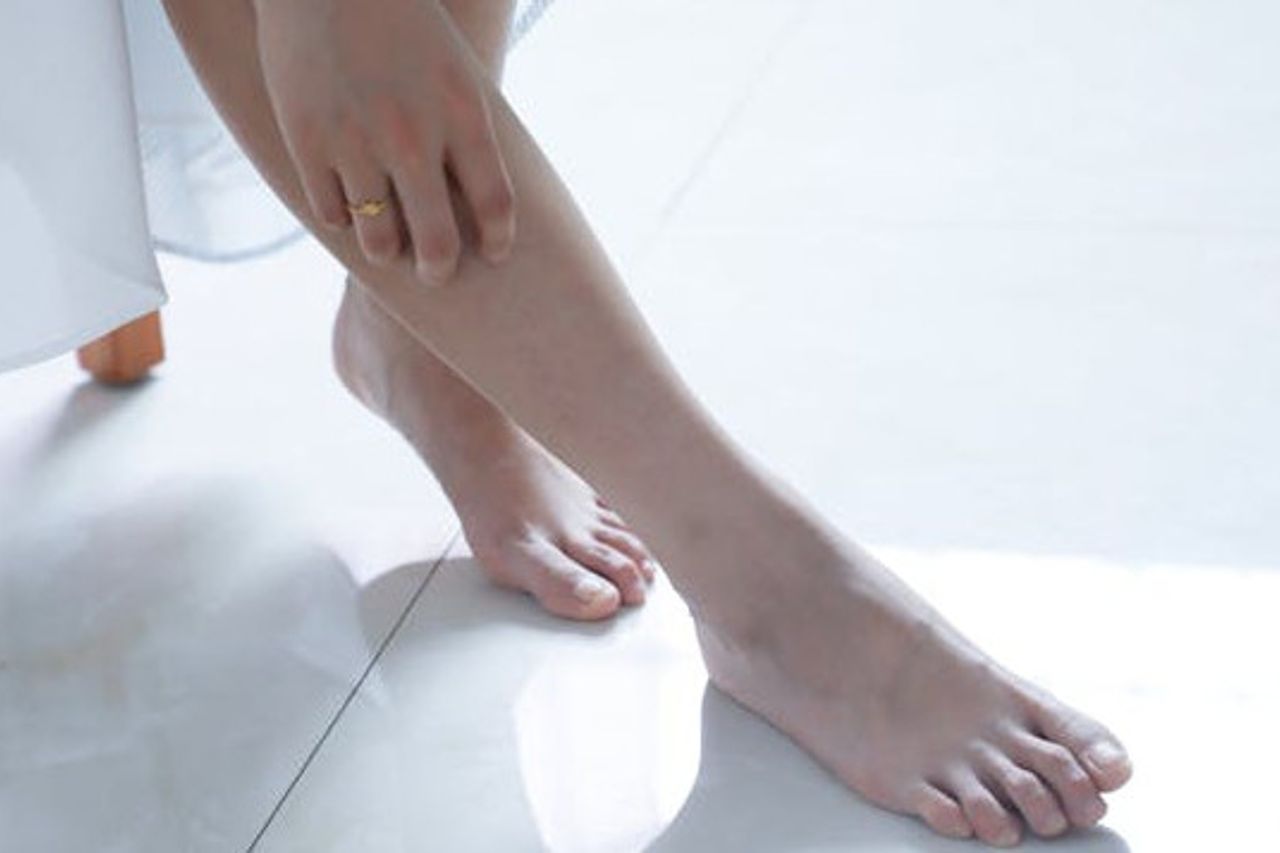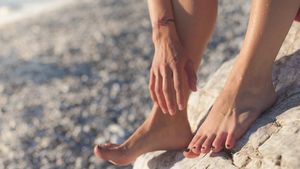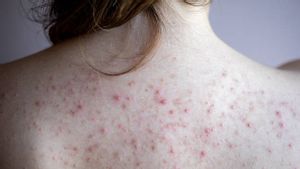Excess Feet Sweat Can Be A Sign Of Foot Hyperhydrosis, Check Out 6 Ways To Overcome

JAKARTA - Sweating is a natural way for the body to maintain coolness when the temperature heats up or after exercise. This is a protection mechanism that uses evaporation to cool the body.
Body parts such as feet can also sweat. Although this is normal but excessive foot sweat can be a sign of a medical condition called foot hyperhidrosis. In addition to causing discomfort, a humid environment can also cause the growth of microorganisms that smell bad feet, peels, and leg health (including fungal infections such as levies).
Even so, you don't need to worry too much. The good news is that you have several choices of dealing with sweaty feet, both from home and through medical professionals. Here, a dermatologist recommends 8 ways to deal with sweaty feet.
The best way to deal with sweaty feet and smells is to keep them clean and dry as much as possible.
Prinish your feet with antibacterial soap and water every day and make sure to dry them thoroughly, especially on the sidelines of your toe," advises board of certified dermatologist total Leer, MD, reported by Byrdie, Friday, January 10.
Don't miss the dry step. Because moisture can encourage the growth of bacteria and fungi, which causes the smell of legs and infections, according to Leer.
The next step is to keep your feet as free from humid as possible.
"Choose socks made of natural fiber such as cotton or synthetic material that absorbs moisture to help keep your feet dry and avoid socks made of nylon or other synthetic materials that can concurrently moisturize," said Leer.
He also suggests changing socks at least once a day and more often if needed, especially after exercising or being exposed to a hot environment.
SEE ALSO:
The legs cover about 7 percent of the body's surface area but the loss of sweat on the feet usually only covers 3-4 percent of the loss of sweat all over the body. The reason why the legs get so sweaty is because they leave them covered, disrupting heat disposal and sweat evaporation, which causes higher temperature and humidity in the shoes.
Certified dermatologist Mariano Busso, MD, recommends choosing hollow shoes and breathing made of natural ingredients such as bamboo.
" TURNing around the shoes is also a great idea for giving shoes time to dry between usage and stopping the development of odor-causing germs," he added.
Consider adding a sol or cushion to increase shoe resistance to sweat. This Sol works the same as an armpit cushion for sweat protection.
"Sol dalam atau sol khusus yang dibuat dari bahan seperti charcoal atau cedar dapat membantu mengendalikan bau, mengendap kerugian, dan mengantung," jelas Busso.
He also suggested placing moisture-absorbing pads in his shoes and changing them regularly.
Free-sale anti-feet attached is an affordable choice and is suitable for most people who do not require more sophisticated treatment. Certified dermatologist Brian Matthys, DO, says aluminum salt, which contains aluminium chloride, is its flagship weapon against foot hyperhydrosis.
"Simple and accessible treatment to get started is anti-sprayer," he said.
"This drain is aluminum salt, and aluminum salt works by clogging the sweat glands, which are very precise and safe to use in preventing sweat."
Some of the products sold freely are labeled as clinical powers, which may be more suitable for some people because they are more sophisticated, according to Matthys.
"This product is good because it contains different anti-pimpirions called aluminum zirkonium triklorohideksa," he explained.
If the spray is not an option, the anti-pimpir tissue is suitable for many people.
There is a product from a company called Dermadoctor called Med E Tate, which is very good aluminum chloride tissue an elegant solution in foil packaging, Matthys recommends.
oral drugs such as anti-collinergies are another option if you are diagnosed clinically with hyperhydrosis. According to Busso, these drugs stop the impulses of sweating, so you end up sweating less overall. Anti-collinergic types include glycopyrolate, oxybutin, benztropin, and propantelin.


